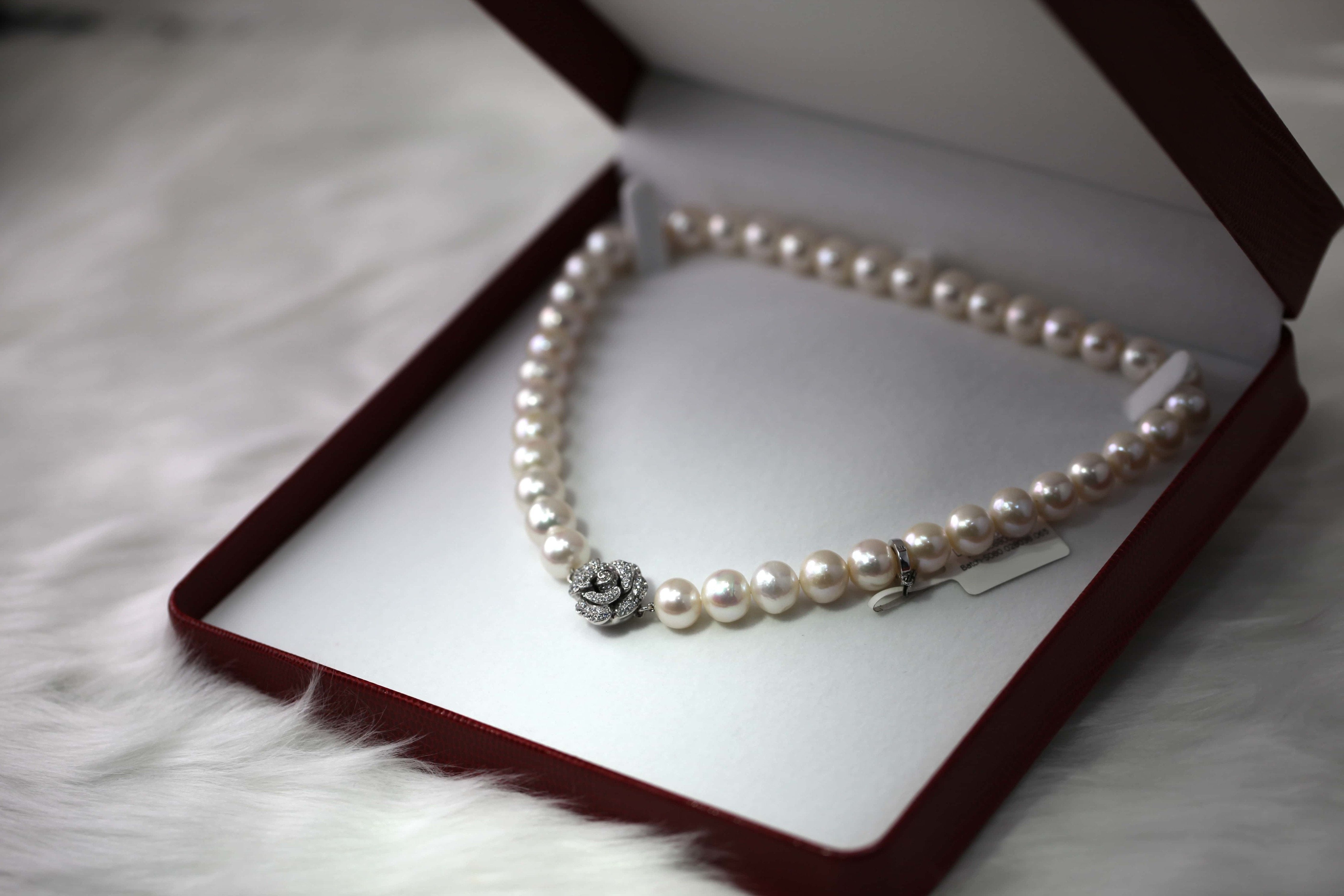
The history of birthstones - June
Birthstones are gems traditionally associated either with calendar months or zodiac signs and vary around the world. The custom of wearing birthstone jewellery originated in 18th-century Poland.
June is the month for pearls, one of the few gems that are organic rather than a stone mined from the ground.
We usually hear about pearls coming from oysters, which is true of saltwater pearls. But there are also freshwater pearls that grow in certain species of mussels. Then there is the distinction between naturally found pearls (the shellfish has grown a pearl itself) and those which are cultivated (an irritant is introduced to the shellfish to make it produce a pearl).
Natural pearls have been harvested for thousands of years in the Persian Gulf, the Red Sea, and the Gulf of Manaar in the Indian Ocean. The coasts of Australia and Polynesia also produce cultured pearls. Japan and China farm freshwater pearls, whilst these occur naturally in some rivers in Europe and the Mississippi in the USA.
Pearls are most commonly seen in their white form, but also occur in black and silver, and even more rarely in pink, green, blue, yellow, orange, gold, and purple. Their growing habitat influences their final colour.
As well as being a birthstone for those born in June, pearls are also the traditional gift for 30th wedding anniversaries. And in history, pearls were once thought to be the tears of the gods.
Pearls come in a variety of shapes, including round, semi-round, button, drop, pear, oval, baroque, circled and double-bouldered. There is also a particular way to describe the length of pearl necklaces. Most are referred to by their physical measurement however, pearl necklaces are named by how low they hang when worn around the neck. The shortest is a “collar”, then increasing in length with a “choker”, a “princess length”, a “matinee length”, an “opera length”, and a “pearl rope”.

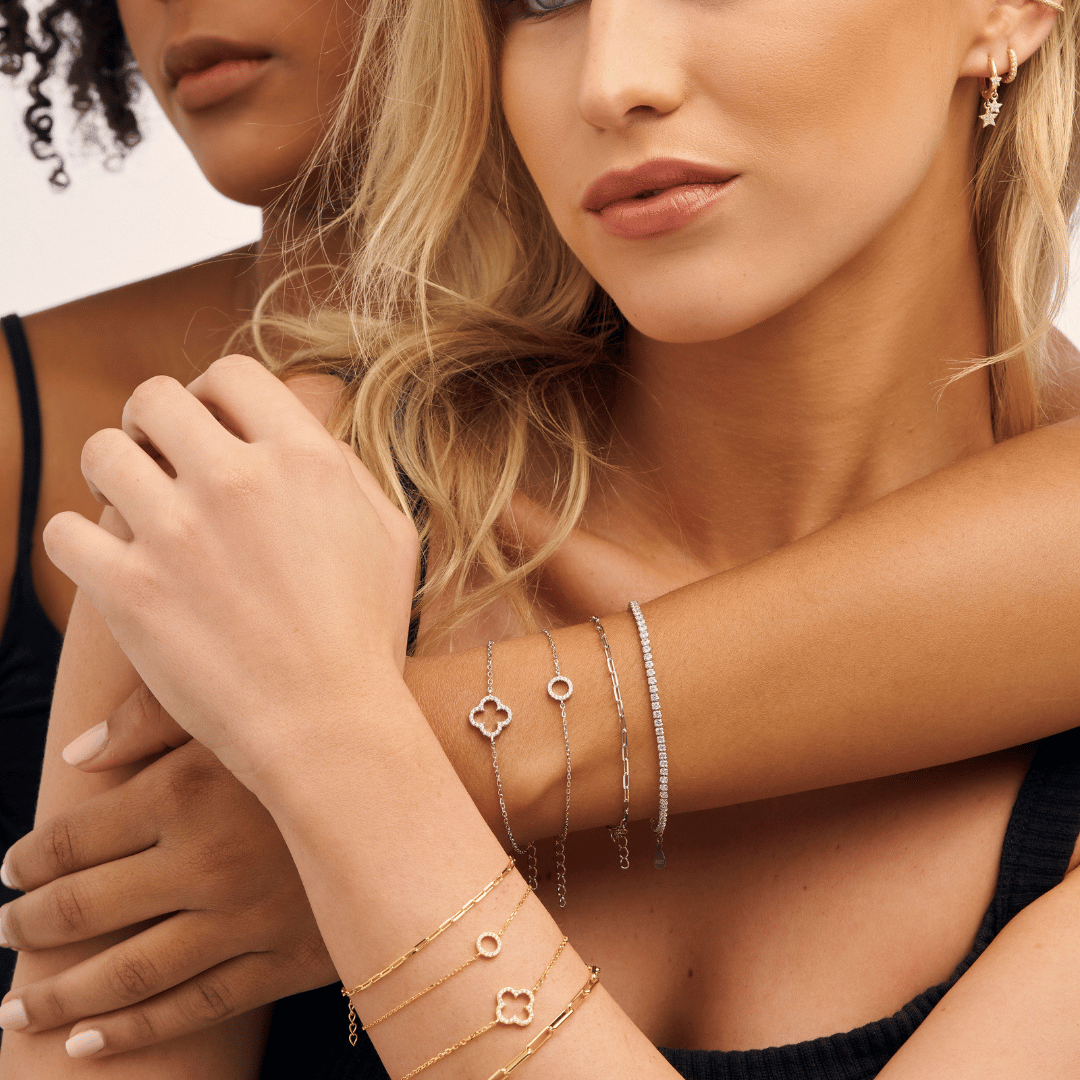
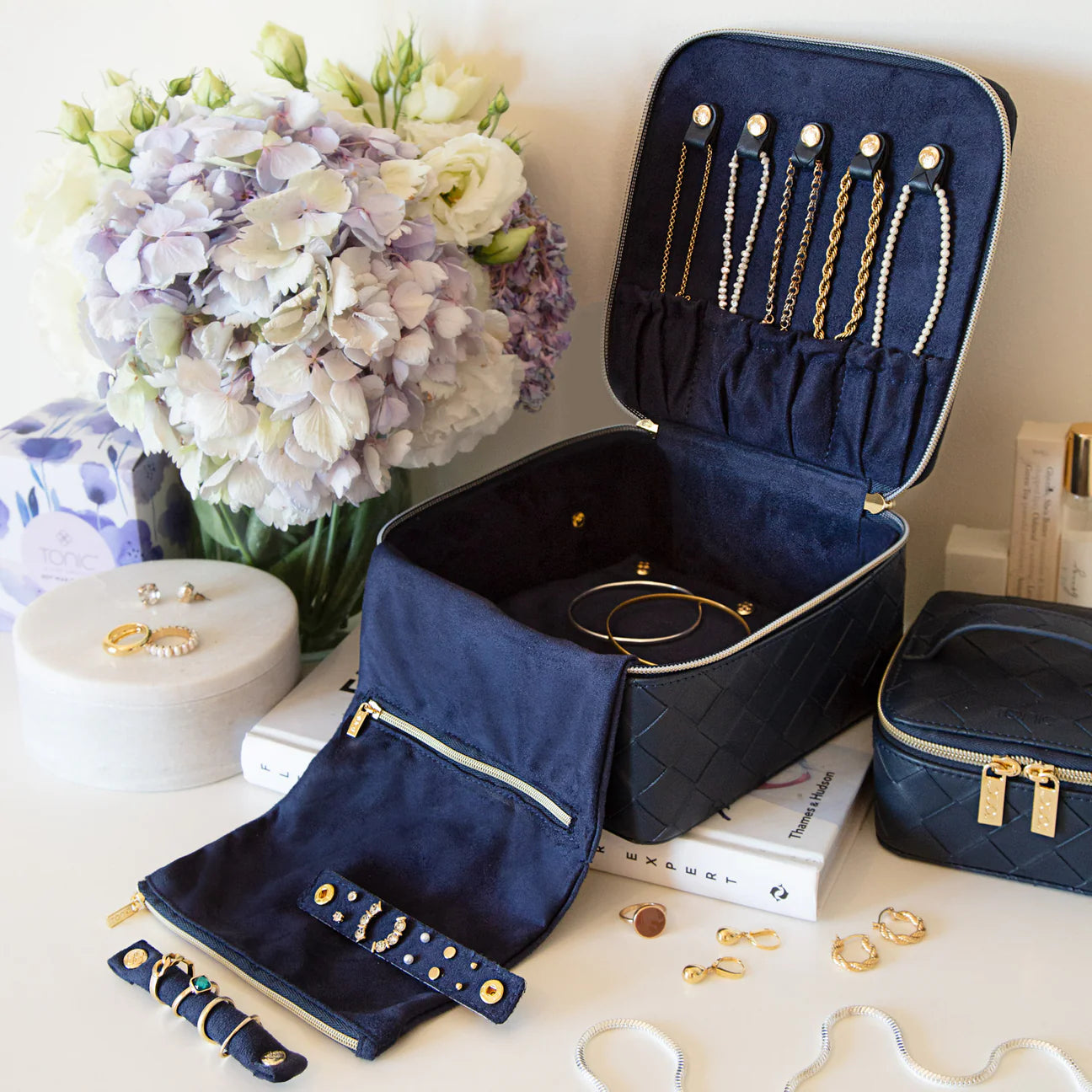
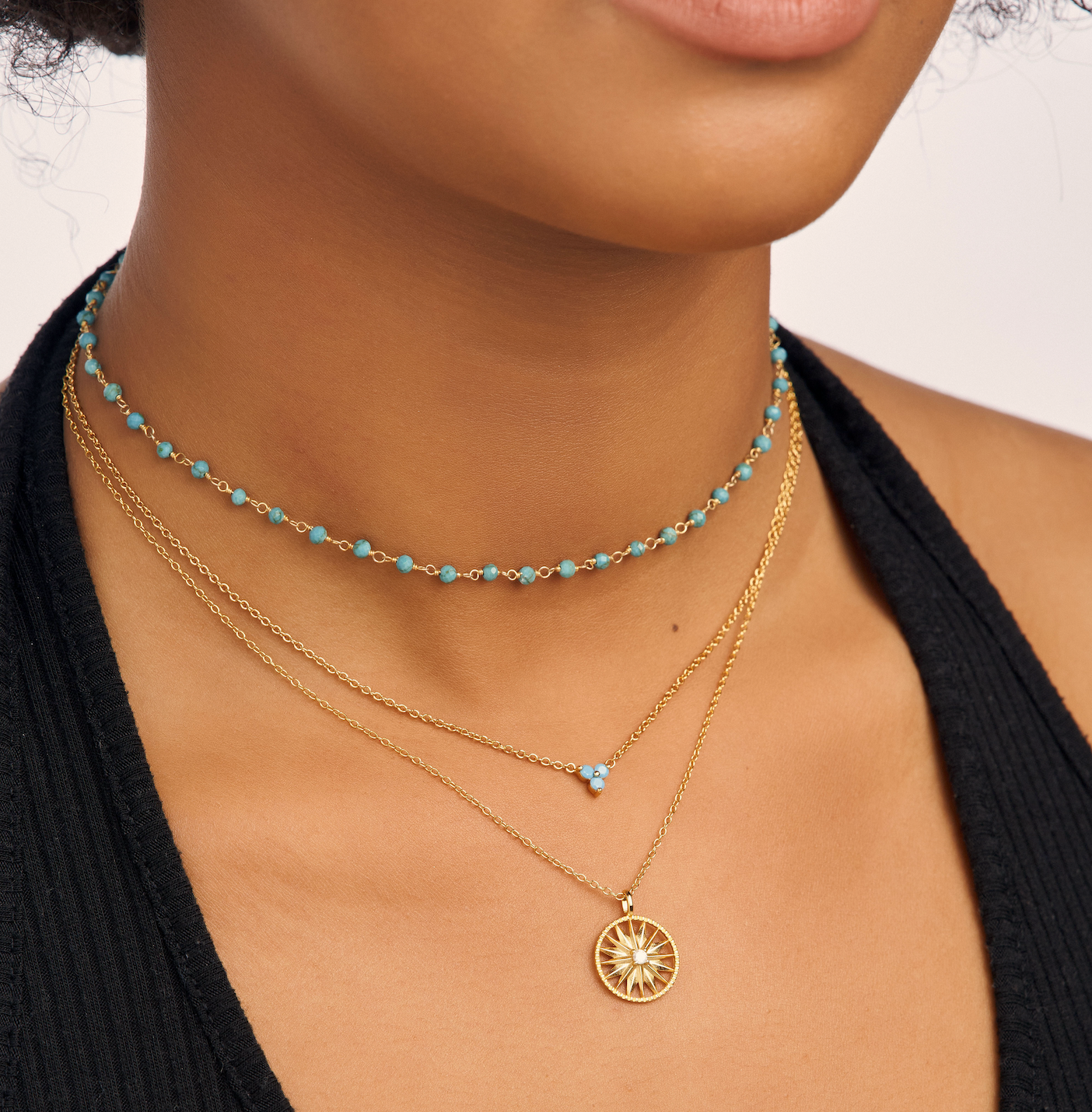
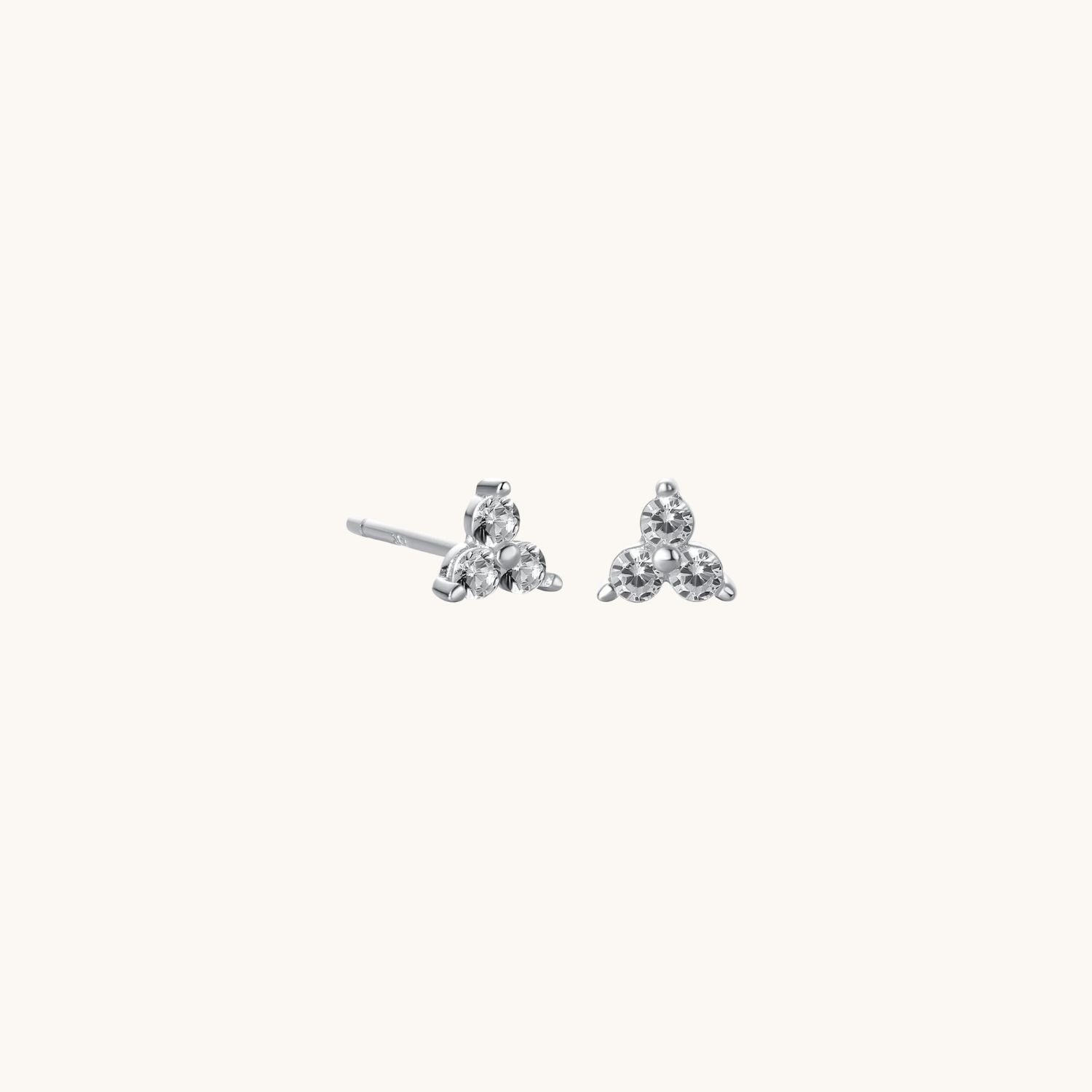
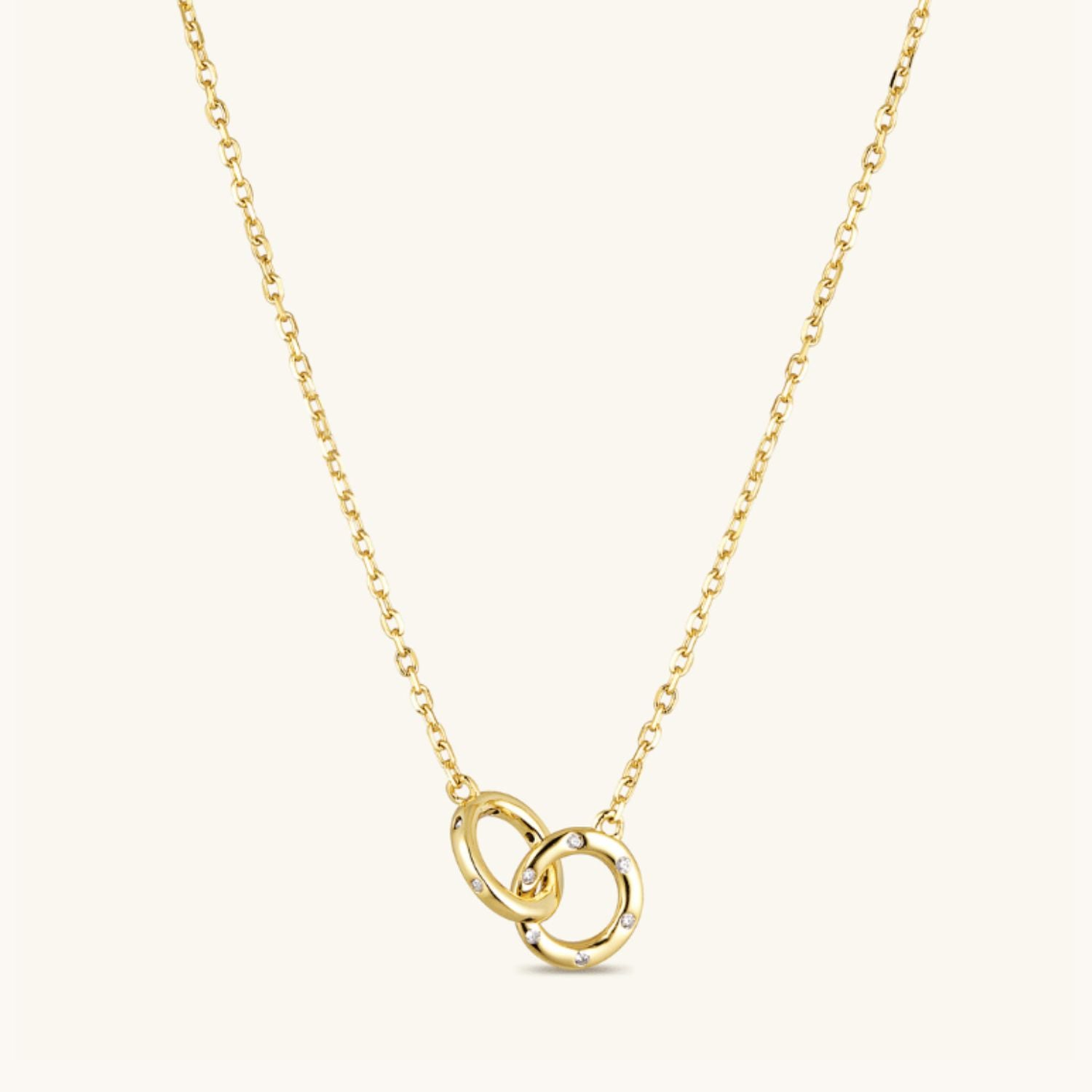



Leave a comment
This site is protected by hCaptcha and the hCaptcha Privacy Policy and Terms of Service apply.